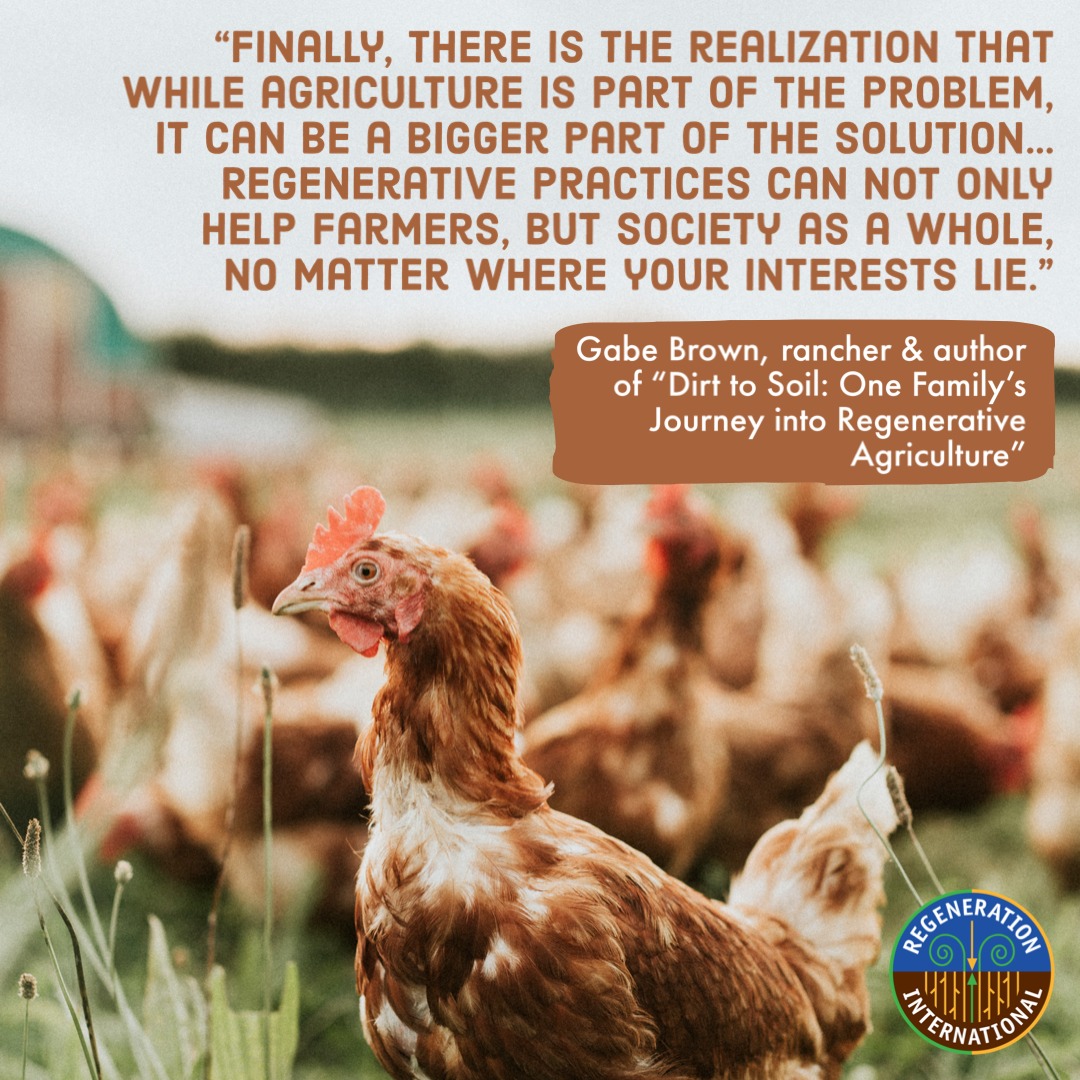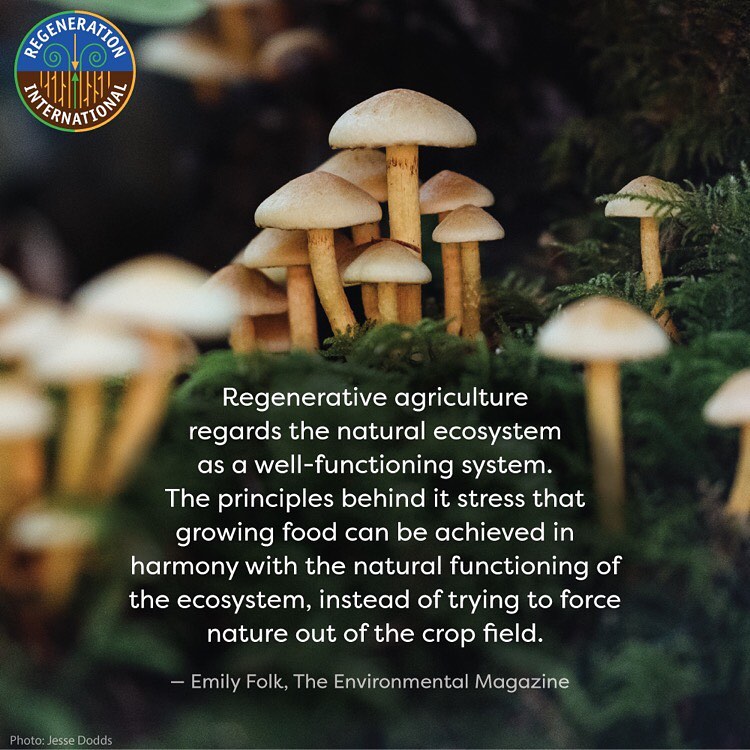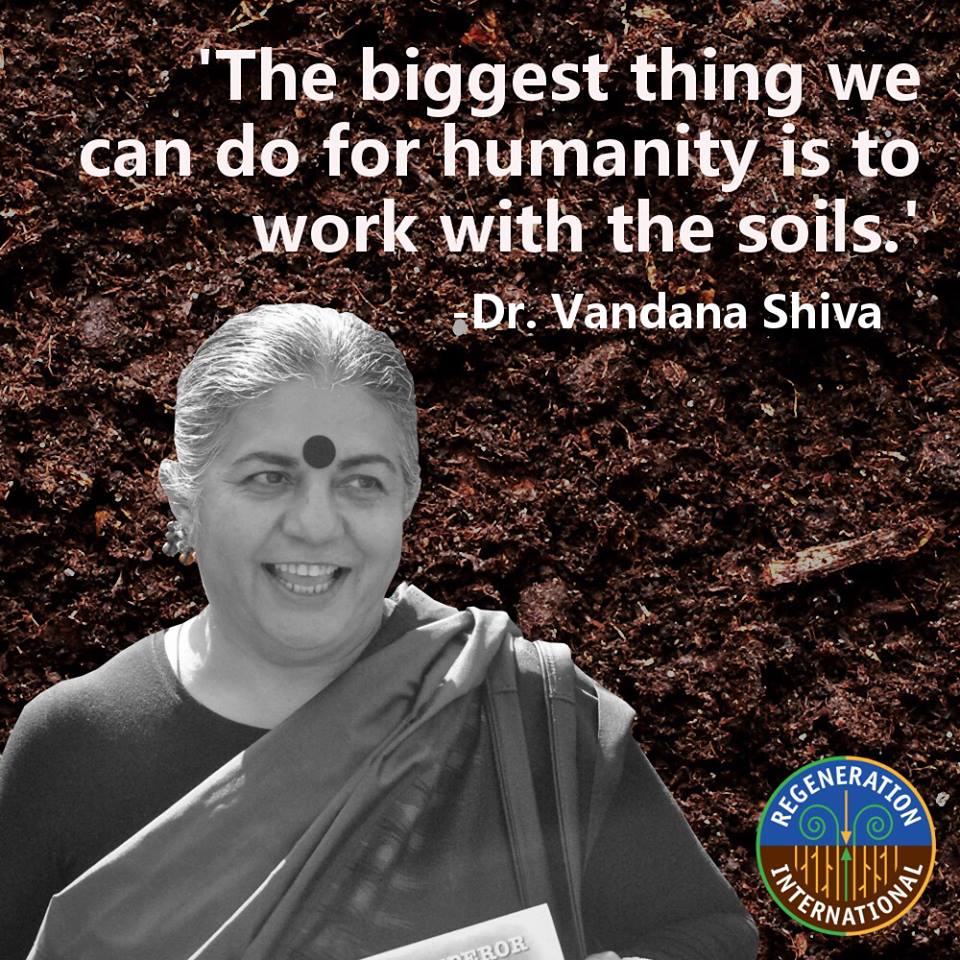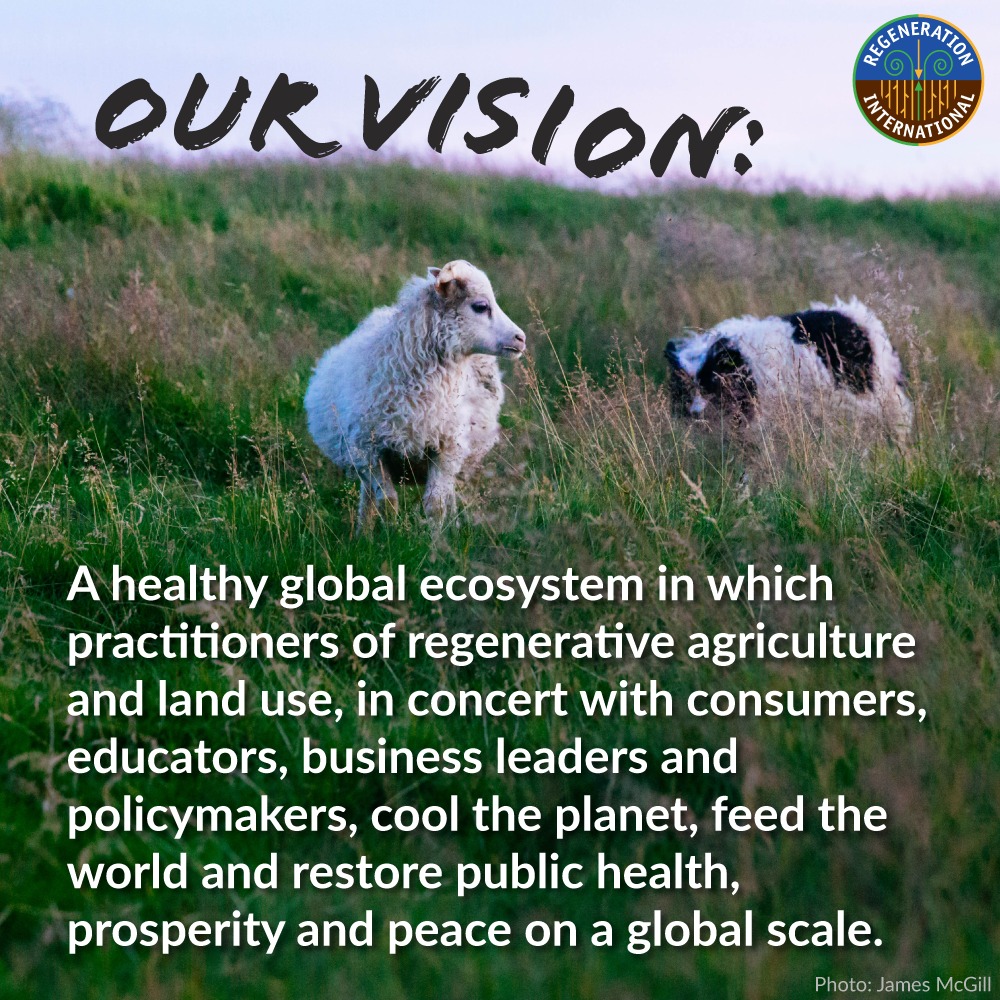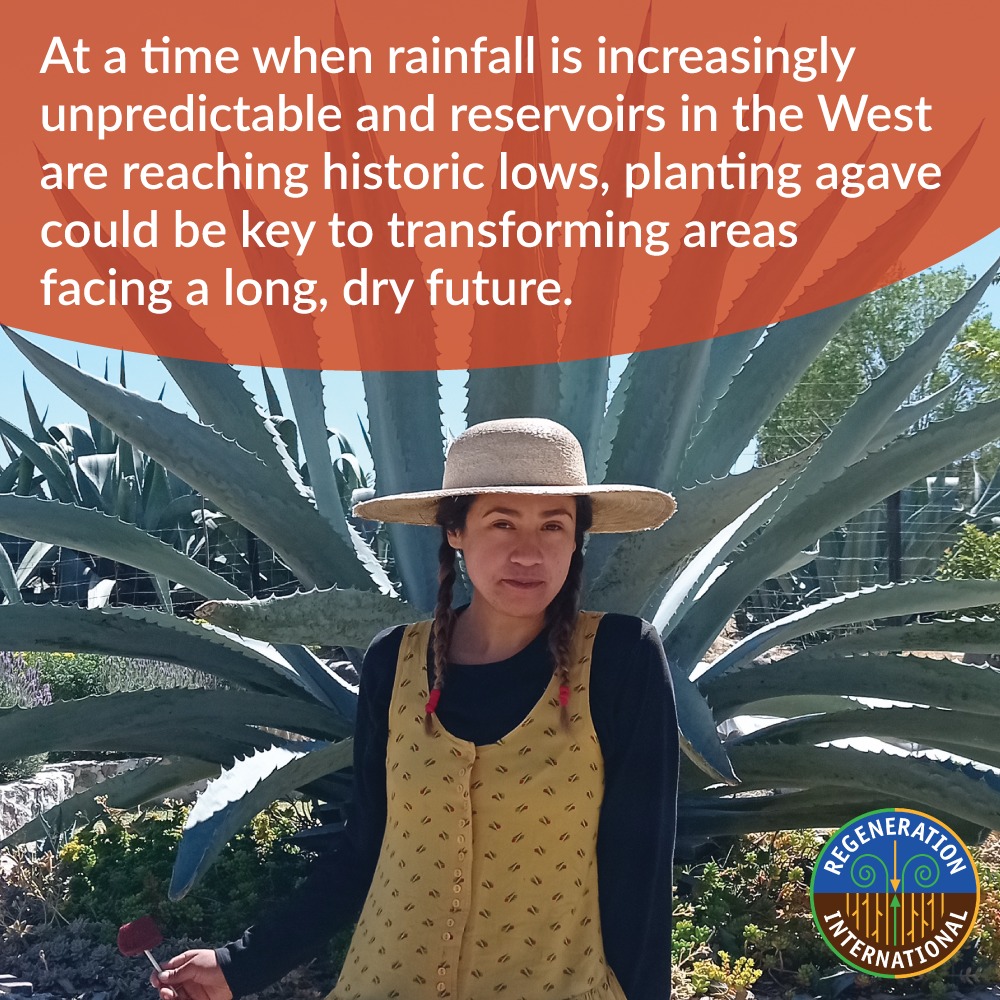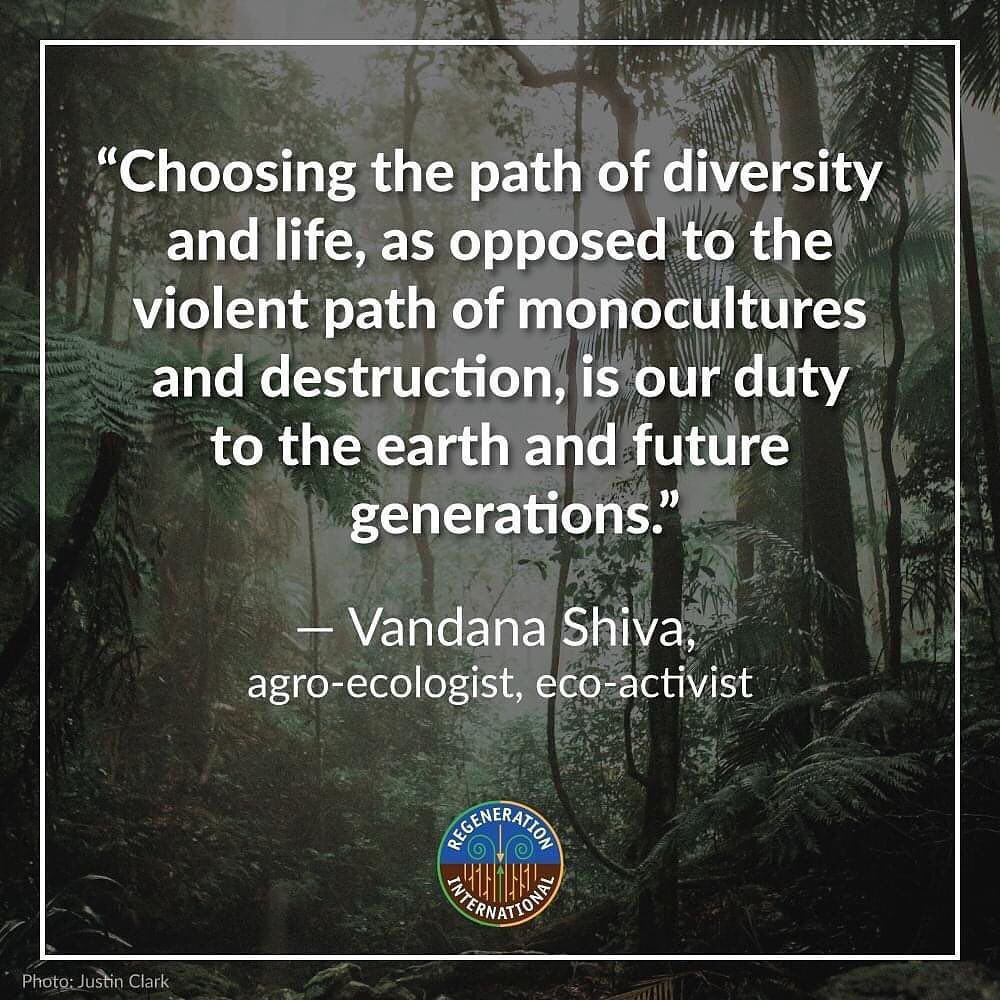Regenerative Agriculture
A Climate Solution is in the Soil
With the worsening crises in public health, biodiversity, and global warming, the future can look bleak. Fortunately, there’s a solution: regenerative food, farming, and land use.
Regenerative agriculture, when scaled up and combined with reforestation and other regenerative land use practices, has the potential to generate a net decrease in atmospheric carbon. How? By allowing photosynthesis to do its job. Carbon drawn from the atmosphere by living plants helps build soil organic matter when in partnership with healthy soil microbiology. When soil organic matter is disturbed or destroyed, the carbon is released back into the atmosphere where it contributes to global warming. Regenerative farming practices help preserve and build soil organic matter and soil health, so the carbon drawn down through photosynthesis remains safely sequestered in the soil.
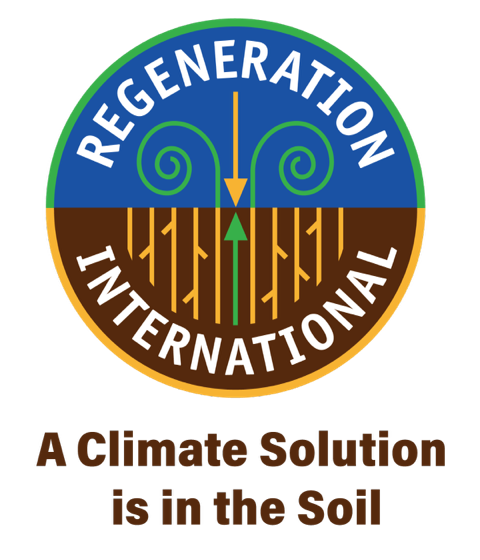
Most Recent Headlines:
Take Action Today:
Featured Videos:
Vandana Shiva : Why We Must Respect & Support Our Organic Farmers
Small Scale Farmers Cool the Planet
Organic Bytes Newsletter
Read Current Issue — April 25, 2024
Newsletter #848: How Are Your Organic Blueberries Grown?
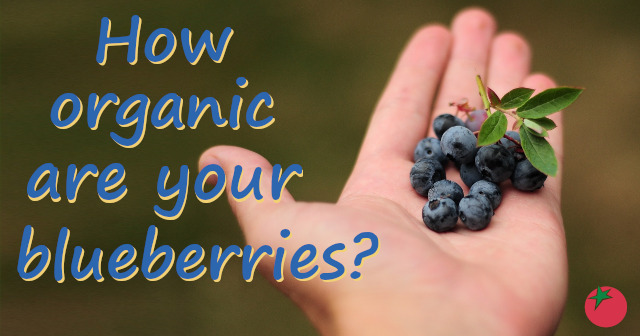
In This Issue:
- Are Your Blueberries REAL Organic?
- Growing Organic Blueberries Right
- How To Eat 30 Plants a Week To Boost Gut Health
- Small-Scale Farmers Can Harness Regenerative Agriculture to Lead the Way to a Food-Secure Future
- Ronnie
- What’s Safe To Eat? Here Is the Pesticide Risk Level for Each Fruit and Vegetable
- Plenty of Food for Everyone
- Roundup Weedkiller in Organic?
- What Lives in Your Gut?
- Free Speech 4 Health
- Other Essential Reading and Videos for the Week
Recommended Resources:
Recommended Books:
- “Voices From The Soil” by Vandana Shiva
- “Water For Any Farm: Engineering Field Manual” by Mark Shepard
- “Regenerative Agriculture – The Climate Crisis Solution” by Stephen Erickson
- “No Dig Cookbook” by Charles Dowding
- “The Great Regeneration: Ecological Agriculture, Open-Source Technology, and a Radical Vision of Hope” by Dorn Cox with Courtney White
- “Practical No-Till Farming: Organic Vegetable and Flower Growing” by Andrew Mefferd
- “From the Ground Up” by Deac Jones
Children’s Books:
Video Library
Vandana Shiva: Why We Must Respect & Support Our Organic Farmers
Small Scale Farmers Cool the Planet
The Soil Story by Kiss the Ground
Soil Solutions to Climate Problems
How to Green the World’s Deserts and Reverse Climate Change
Soil Organic Carbon: Keystone to Sustainability in a Changing World
Regenerative Agriculture – A Solution to Climate Change
Organic Agriculture Brings Peace in the Philippines
Chickens Thrive in This Perennial Crop System
Where Do Trees Get Their Mass?
Gunnar Rundgren: The Cost of Cheap Food
Grow the Change You Want To See in the World
Ecocity Presenter – Richard Register
Stories From a Fertile Earth #1
Resilient [Seed] Trailer
Learn Polyculture and Farm Water Management Techniques with Mark Shepard

